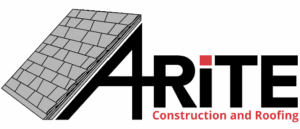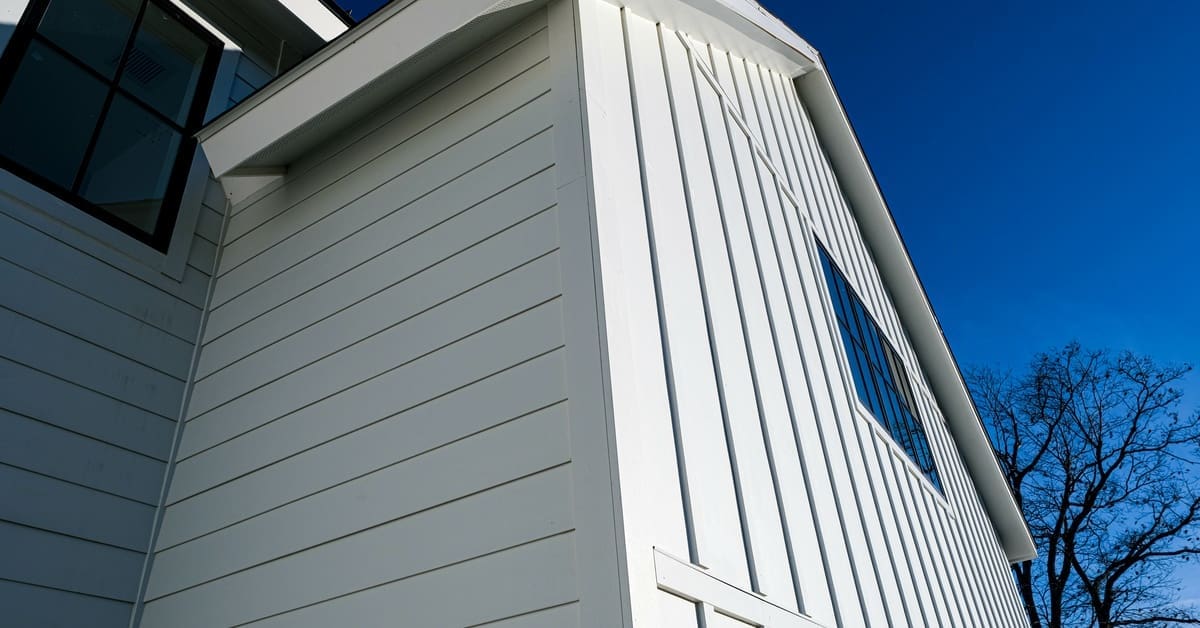When it comes to choosing siding for a home, aesthetics and cost are usually top of mind. As homeowners increasingly prioritize sustainability, it’s worth taking a closer look at the environmental impact of different siding materials, especially in climates like Wausau, Wisconsin, where durability and energy efficiency are crucial.
In this blog, we’ll explore how different siding materials stack up environmentally, and which choices make the most sense for homeowners who care about long-term impact.
Wood Siding: Natural Appeal, Substantial Maintenance
Wood siding has long been regarded as a classic choice. It’s biodegradable, comes from a renewable resource, and offers a warm, timeless appearance. However, its environmental advantages can be offset by its performance in real-world conditions, particularly in areas where freeze-thaw cycles, heavy snowfall, and high moisture levels can have a detrimental impact.
To maintain its form, wood siding typically requires repainting or resealing every few years. That repeated use of paint, primer, and solvents introduces chemical waste and contributes to a higher environmental footprint over time. The more maintenance a material demands, the more energy and materials are consumed throughout its lifespan.
Additionally, wood is more susceptible to rot, insect damage, and warping in damp conditions, which means it often requires replacement more frequently than synthetic alternatives. While wood is theoretically recyclable, once it has been painted, stained, or contaminated with mold, it usually ends up in a landfill.
All of this means that the environmental benefit of being a “natural” material diminishes when you factor in upkeep and longevity.
Fiber Cement: Durable but Energy-Intensive
Fiber cement siding is a common alternative to wood, offering the look of natural materials with improved durability. Made from a combination of cellulose fibers, sand, and cement, it’s known for resisting rot, fire, and insects. It performs well in Wausau’s colder climate, where moisture and freezing temperatures cause less resilient materials to break down.
From a sustainability standpoint, its long lifespan, 30 to 50 years, and minimal maintenance needs are definite advantages. Yet, the manufacturing process is energy-intensive, requiring significant amounts of heat and raw materials. Because it’s also much heavier than vinyl or wood, transporting fiber cement siding results in higher fuel consumption and carbon emissions.
Installation comes with its concerns, too. Cutting fiber cement boards produces silica dust, which can be hazardous if inhaled. That’s not necessarily an environmental problem in itself, but it does require special handling and protective measures on job sites, which adds complexity to its use.
End-of-life disposal is also challenging. Fiber cement is not biodegradable, and while it can sometimes be downcycled into fill or aggregate, it’s not widely recycled. This means that when it’s eventually removed, it may end up in landfills, contributing to long-term waste.

Vinyl Siding: Lightweight and Low Maintenance
Vinyl siding remains the most popular trend for residential exteriors, and for good reason. It’s lightweight, cost-effective, and remarkably durable. Though vinyl is made from polyvinyl chloride (PVC), a petroleum-based product, its low maintenance requirements and lifespan of 20–40 years reduce its environmental impact over time.
One of vinyl’s key advantages is that it doesn’t require painting, staining, or sealing. That means fewer chemicals, solvents, and supplies are consumed over the decades it remains on a structure.
Additionally, vinyl siding excels in cold climates, thanks to formulations that resist warping, cracking, and fading during freeze-thaw cycles. Its lightweight nature also makes it less energy-intensive to move compared to heavier materials, such as fiber cement.
There are still concerns about PVC production and disposal, particularly with older vinyl products that aren’t recyclable. However, manufacturers have made strides in improving recyclability, reducing VOC emissions during production, and developing more sustainable supply chains. Homeowners considering vinyl siding today can look for third-party certifications or recycled content as part of their selection process.
Metal and Composite Siding: Strong and Recyclable
Metal, especially aluminum and steel, is another environmentally conscious choice, largely due to its recyclability and extreme longevity. Aluminum, used in some Mastic siding products, is great for repelling rust and corrosion, while steel offers added strength and fire resistance. Both are often made with recycled content and can be fully recycled again when removed, keeping materials out of landfills.
Although the initial production of metal siding is energy-intensive, its long life (often 40–70 years) and low maintenance needs typically offset the higher upfront environmental cost. In northern climates like Wausau, metal siding holds up well against snow, ice, and wind-driven rain, especially when installed with a proper moisture barrier.
Norandex also offers composite polymer siding, a high-performance alternative designed for durability, insulation, and moisture resistance. These engineered materials don’t rot or attract pests, and they require little to no repainting, conserving resources and reducing emissions from ongoing maintenance.
While composite materials are not always recyclable, their extended service life and minimal upkeep make them a lower-impact option over time. These products are particularly valuable for homeowners seeking to establish a balance between aesthetics, performance, and sustainability in colder climates.

How the Siding Industry Is Evolving
As sustainability becomes an increasingly important priority, the siding industry is responding with innovation and greater accountability. Many manufacturers, including Mastic and Norandex, are incorporating recycled content, reducing emissions during production, and improving energy efficiency through better product design.
Some siding products now come with eco-certifications, helping consumers identify environmentally responsible options. For example, Norandex siding has earned recognition as a National Green Building Standard (NGBS) Green Certified Product, meeting rigorous sustainability and efficiency benchmarks. These performance-driven innovations offer immediate and long-term environmental benefits.
Contractors and builders are also becoming more educated about product life cycles and installation practices. Working with an experienced siding contractor in Wausau, WI, can help navigate these choices with confidence, ensuring any investment aligns with environmental values and performance goals.
Choosing the Right Siding for the Environment
When weighing the environmental impact of different siding materials, it’s important to look beyond surface-level claims of “natural” or “green.” A truly sustainable material performs well in your climate, requires minimal upkeep, lasts for decades, and can be responsibly recycled or disposed of at the end of its life.
In colder climates like ours in Wausau, vinyl, metal, and composite siding options stand out as smart, sound choices. They’re built for durability, resist moisture damage, and require little to no painting, resulting in fewer materials used and lower emissions over the long term. While every material has tradeoffs, these options strike a balance between sustainability, performance, and cost.
If you’re ready to invest in a siding solution that aligns with your environmental goals, A-Rite Construction is here to assist. As a trusted local expert, we work with high-quality brands like Mastic and Norandex to deliver siding that’s built to last. Contact us today to schedule a consultation.




